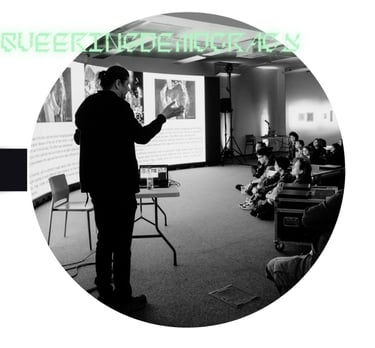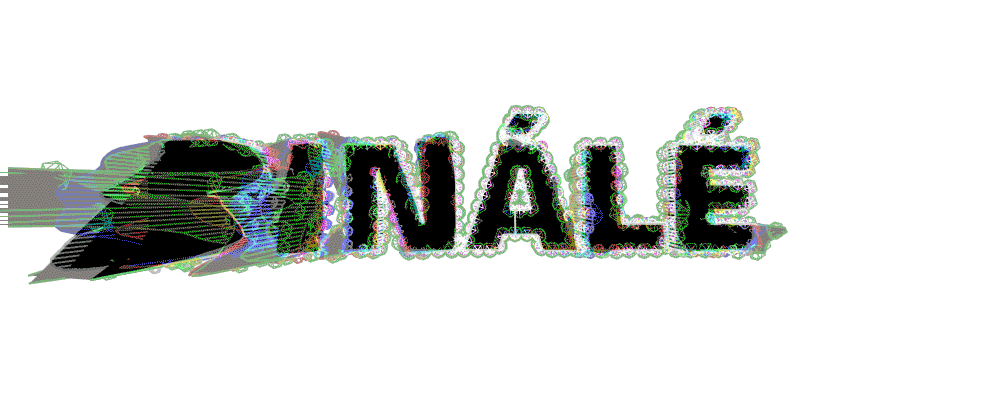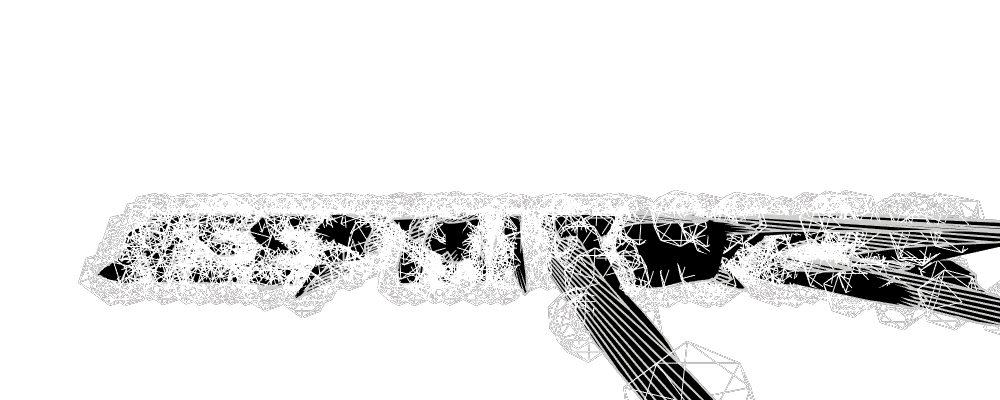ZOLTÁN SZEGEDY-MASZÁK
Zoltán Szegedy-Maszák was born in 1969 in Budapest, Hungary where he lives and works today. Graduated from the Hungarian University of Fine Arts first in Painting (1992), later in Intermedia (1994), currently he works as the director of the Doctoral School of the Hungarian University of Fine Arts and as a professor of the Intermedia Department. His artistic approach can be characterized by experimentalism closely related to technical media. Szegedy-Maszák uses a broad spectrum of mediums in his artworks, from traditional chemical-based photographical processes to painting and printmaking to interactive virtual and augmented reality installations. Albeit his artistic approach is strongly based on media (an)archeology and the creative applications of contemporary digital technology, his art became internationally known by his immersive installations from the 1990s, where the meaningful usage of special interfaces and digital technology opened computer-generated illusions to exploration. His artworks combine cutting-edge tools with anachronistic processes both in terms of technology and meaning; intentionally confronting the viewer with how our view of the world is (historically) determined by the imaging technologies we use.
NEHEZEN OLVASHATÓ MŰVEK
2020-
series of 3D prints
The motto of the Hardly Readable Works series is a text from Jonathan Swift’s Gulliver’s Travels. In this episode, Gulliver visits the Academy of Lagado, where the academics suggest that in order to protect our health, we should avoid speaking because it strains the lungs. As words are symbols for things, we should show the objects themselves during our conversations. The artist uses the words from this episode as objects, as the three-dimensional word chains – the words themselves – are also objects.
The pieces in the series are heaps of words, composed from the complex fabric of words, so individual words are hard to pick out. The text-sculptures are made using 3D printing and are the results of long experimentation, not only in terms of design, but also execution. The 3D printers used weave the sculpture, layer by layer, millimetre by millimetre for an average of 2-4 days. During this time, the process is inevitably affected by a large number of unforeseeable physical impacts. If a train passes by at the wrong time or there is a sudden draft, the print will be faulty. In Szegedy-Maszák’s own words: “I typically create things that require copious amounts of work and precision, but I am drawn to such processes because of their metaphorical nature. The whole process is based on confronting the artificial and the physical worlds, where precise algorithms are essentially powerless against the erratic nature of the physical world.”



